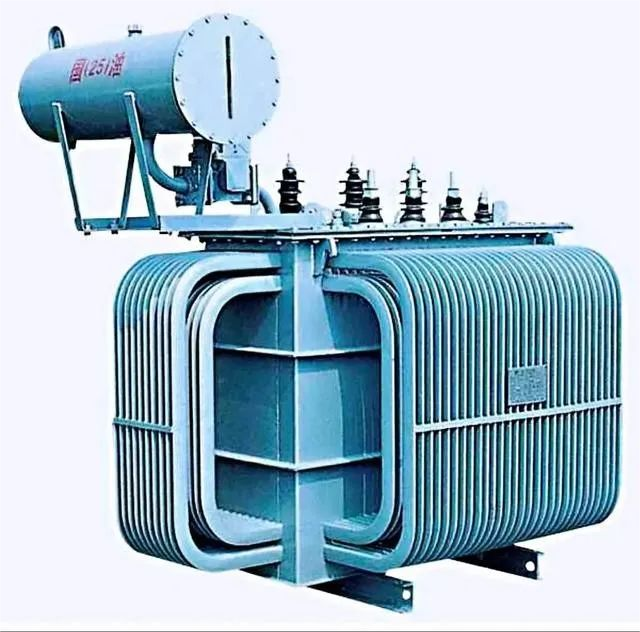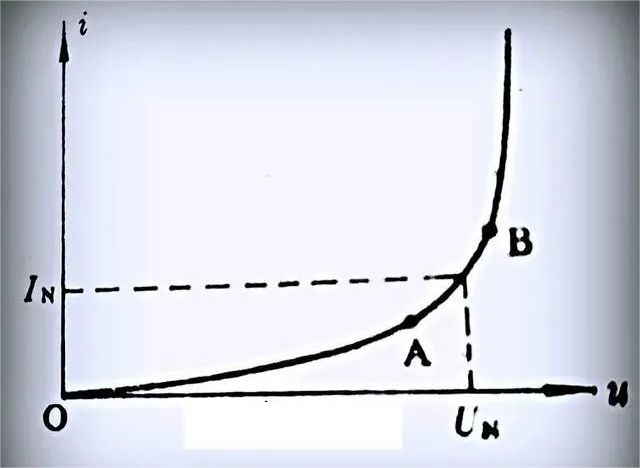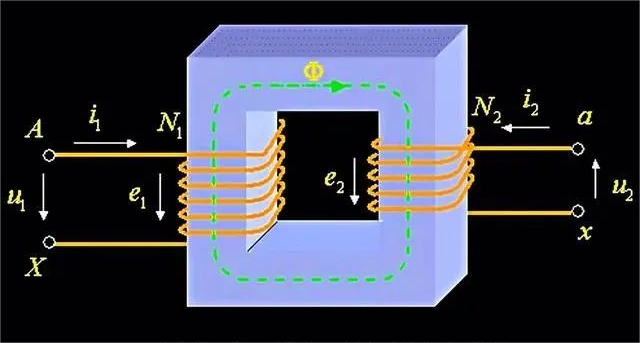The sound of the transformer comes from inside the transformer.The transformer is based on the principle of electromagnetic induction, with primary side winding coil and secondary side winding coil installed inside, and silicon steel sheet with high magnetic conductivity material in the middle.Under normal circumstances, the coil windings of the transformer are calculated according to the cross-sectional area of the core.
Since there is a coil winding, when it is connected to the AC 50Hz power supply, there will be an excitation current. In the AC core coil, there are two parts of loss, variable loss is short-circuit loss, that is, copper loss, it is also divided into two parts, namely active power part and reactive power part.
This “eddy current” increases the loss of the transformer and heats up the core of the transformer, raising the temperature of the transformer.
There is copper loss RI ²on the coil resistance R and iron loss (hysteresis loss and eddy current loss) in the iron core. Iron loss is approximately proportional to Bm ².When the frequency of the power supply is fixed, the iron loss of the coil is related to the working voltage.According to the concept of constant flux U=4.44fNBmS, the Bm in the core is proportional to the applied voltage.In other words, the iron loss is approximately proportional to the square of the applied voltage.
The transformer can judge the operation according to the sound of operation.The method is to use one end of the listening stick on the fuel tank of the transformer, and the other end close to the ear to listen carefully to the sound. If it is a continuous “yuyu” sound, it means that the transformer is running normally. If the “yuyu” sound is heavier than usual, check the voltage, current and oil temperature of the transformer to see if it is caused by excessive voltage or overload, if not, it is mostly caused by loose iron core. When you hear the “squeak, squeak” sound, check whether there is flashover on the casing surface. When the sound of “crackling” is heard, there is a breakdown of the internal insulation.
Volt-ampere characteristics of AC circuit of iron core coil
No-load loss is divided into two parts: active power loss and reactive power loss. Transformer in the secondary open-circuit state, the primary still has a certain current, and then multiplied by the primary rated voltage will have a certain power consumption, this current is called no-load current. The active power loss basically refers to the hysteresis loss and eddy current loss in the iron core, which is generally described in the factory specification or test report of the transformer. The reactive power loss part is the loss caused by the excitation current, which is approximately equal to the no-load power of the transformer and can be calculated by the following formula according to the no-load current.
Q₀=I₀(%)/100Se
The Q0 in the formula refers to the reactive power loss in no-load loss, in kvar units.;
I₀ (%) refers to the percentage of transformer no-load current to rated current.
S0 rating refers to the rated capacity of the transformer in KVA.
Working principle of single-phase transformer
The active part is the loss caused by the resistance of the primary winding and secondary winding of the transformer when passing through the current, which is proportional to the square of the current, so its size depends on the load and power factor of the transformer. The reactive power loss part is mainly the loss caused by leakage flux, which can be calculated by the following formula.
Qd=Ud(%)/100Se
The Qd in the formula refers to the reactive power loss part of the transformer short-circuit loss, in kvar units.;
Ud is the percentage of short-circuit voltage to rated voltage;
Se refers to the rated capacity of the transformer in kvA.
Post time: Feb-21-2023



